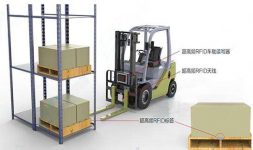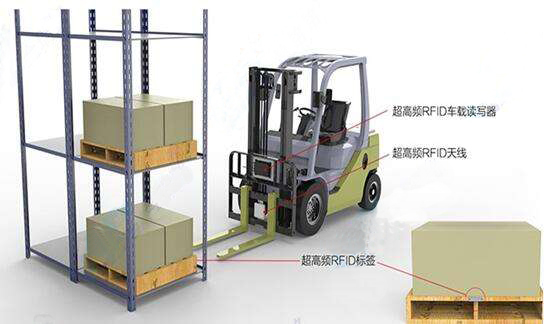
RFID pallet automatic information digital management
[ad_1]
With the continuous development of the scale of the enterprise, the number of types of materials managed by the warehouse is increasing, and the warehouse management is also becoming more complicated and diversified. The previous manual warehouse operation mode and data collection method have caused very labor and time costs. high. Intelligent warehouse management is the use of RFID technology in the existing warehouse management, automatic data collection of data in each operation link of the warehouse, such as warehouse warehousing, outbound, warehouse transfer, inventory counting, and efficient data input speed in each link of warehouse management And accuracy, to ensure that the company can timely and accurately grasp the real data of the inventory, and reasonably maintain and control the company’s inventory.
The asset pallet RFID positioning management system uses RFID electronic tags for information binding to realize asset pallet positioning, search, inventory and entry and exit management, realizes comprehensive and real-time supervision of warehouse goods, fully solves the real-time supervision of warehouse goods, and realizes warehouse automation and informatization , Digital management.

RFID warehouse pallet pallet management workflow
1. Install RFID tags on the pallets, install RFID code readers at the entrance and exit of the warehouse, and read the tag information when the pallets pass through the read-write device.
2. When the goods are in and out of the warehouse, the RFID reader will automatically read the label information and upload it to the background management system.
3. Cargo pallet classification to ensure that the information on the goods matches the pallet label information category.
4. The RFID reader on the forklift can identify the pallet classification and place the goods in the correct position when the goods are put on the shelf and in transit.
5. Warehouse managers can use handheld RFID devices to identify and locate, inventory and sort goods.
RIFD pallets adopt passive electronic tags, which are compact in design and can be well embedded in plastic pallets. They are not easy to be collided or worn during the pallet transportation; the system realizes long-distance recognition, fast and reliable reading and writing, and can adapt to dynamic reading such as conveyor belt operation. It has good anti-metal interference ability and meets the needs of modern logistics; advanced data compression technology is used in the label information processing, so that the electronic tag carries the tray load information (data packet), and only the tray RFID electronic tag needs to be scanned You can understand the item information at one time and improve the overall transparency of enterprise logistics. Reduce the error rate and the probability of damage to the goods, realize fast and accurate inventory counting; eliminate the manpower and material resources required for disassembling and reloading pallets, which greatly saves user costs.
RFID technology is widely used in the fields of production, logistics and warehousing. With the rapid development of warehousing automation, various industry-related equipment is constantly developing in a more technological and practical direction. RFID technology plays a very important role in efficient warehousing pallet management, from warehouse arrival inspection, warehousing, outgoing, allocation, warehouse shifting, inventory counting to automatic data collection of data in each operation link, allowing the warehouse Manage all aspects of data to ensure efficiency and accuracy.
[ad_2]



